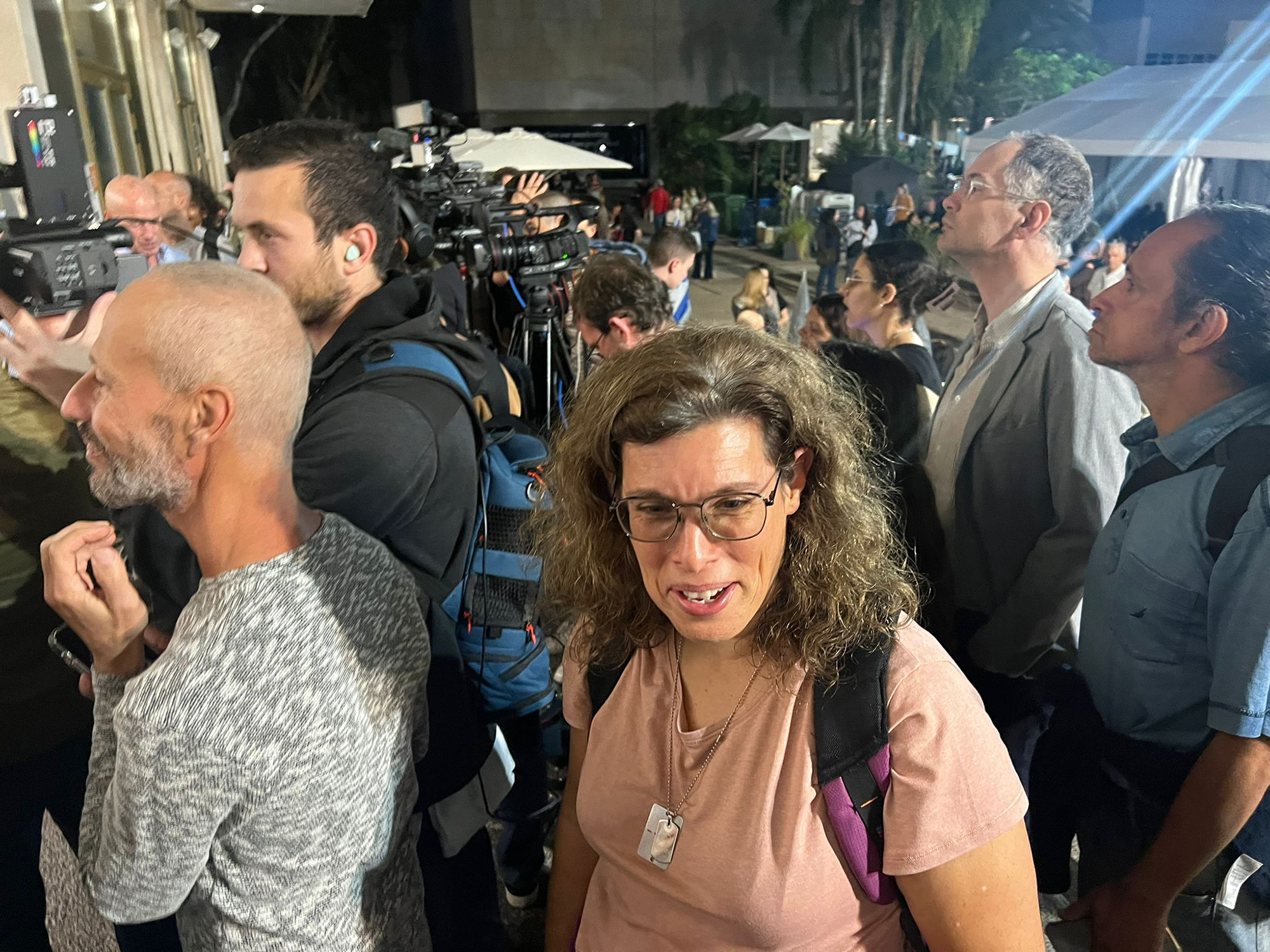Hells Angels: A Sociological Study Of An Outlaw Motorcycle Gang

Table of Contents
Origins and Evolution of the Hells Angels
The Hells Angels Motorcycle Club's origins trace back to the post-World War II era in the United States. Emerging from a confluence of factors – the disillusionment of returning veterans, a burgeoning counterculture, and a desire for camaraderie and freedom – the club initially presented itself as a social motorcycle club. However, its evolution has been marked by a significant shift towards organized criminal activity. The early chapters, established in California, gradually expanded their reach, forming a network of chapters across the United States and internationally.
- Early membership demographics and motivations: Early members were often veterans seeking brotherhood and a sense of belonging, drawn to the rebellious spirit and freedom associated with motorcycle culture. Many came from working-class backgrounds.
- Evolution of club structure and hierarchy: The initial loose structure gradually solidified into a rigid hierarchical system with defined roles and responsibilities.
- Key events and milestones shaping the club's identity: Conflicts with rival motorcycle clubs, law enforcement crackdowns, and media attention have significantly shaped the Hells Angels' identity and public perception.
- Geographical expansion and the establishment of international chapters: The Hells Angels' global reach, with chapters established across multiple continents, highlights its organizational prowess and adaptability.
This expansion coincided with a transition from a primarily social club to a more organized criminal enterprise, heavily involved in illegal activities. The media's portrayal of the Hells Angels, often sensationalized and focused on violence and crime, has further cemented their image in the public consciousness, regardless of the nuances of individual chapters and members.
Internal Structure and Hierarchy of the Hells Angels
The Hells Angels operate under a strict hierarchical structure, with a clear chain of command and defined roles for each member. This structure facilitates control, discipline, and the efficient execution of criminal activities. The hierarchy typically includes:
-
Prospects: Individuals undergoing a probationary period before becoming full-fledged members.
-
Members: Full-fledged members who have completed their probationary period and sworn allegiance to the club.
-
Officers: High-ranking members responsible for overseeing the club's operations and enforcing its rules. These roles include President, Vice President, Sergeant-at-Arms, etc.
-
Roles and responsibilities of different ranks within the club: Each rank has specific responsibilities, contributing to the overall functioning of the organization.
-
Processes of initiation and membership: Becoming a member of the Hells Angels involves a rigorous initiation process, reinforcing loyalty and commitment.
-
Mechanisms of control and discipline within the organization: Strict rules and internal disciplinary procedures maintain order and cohesion within the club.
-
The role of patches and insignia in signifying rank and membership: The club's iconic patches and insignia serve as visual markers of rank and membership, demonstrating loyalty and affiliation.
This hierarchical structure, combined with the strong sense of "brotherhood," fosters loyalty and commitment among members, contributing to the club's longevity and effectiveness in carrying out its activities, legal and illegal.
Criminal Activities and Economic Practices of the Hells Angels
The Hells Angels are widely known for their involvement in various criminal activities, generating substantial revenue and maintaining their financial stability. These include:
- Specific examples of criminal enterprises undertaken by the club: Drug trafficking, weapons smuggling, extortion, prostitution, and gambling are all documented activities.
- The club's use of violence as a means of maintaining control and power: Violence is often used to intimidate rivals, enforce discipline within the club, and protect its criminal operations.
- The economic benefits derived from illegal activities: These criminal enterprises provide a significant source of income for the club and its individual members.
- Law enforcement strategies for combating the club's criminal operations: Law enforcement agencies employ various strategies to investigate and disrupt the Hells Angels' criminal operations. These range from surveillance and undercover investigations to large-scale raids and prosecutions.
The Hells Angels' economic strategies are characterized by diversification and adaptability. They leverage their network of chapters and connections within organized crime to maximize their profits and minimize risks.
Social and Cultural Impact of the Hells Angels
The Hells Angels' influence extends beyond their criminal activities, impacting biker culture and broader society. Their image has become deeply ingrained in popular culture, often portrayed in films, books, and television shows.
- The club's image and its impact on popular culture: The Hells Angels' iconic image has been both romanticized and demonized in popular culture, contributing to its enduring fascination.
- The attraction of the Hells Angels lifestyle for certain individuals: The allure of rebellion, brotherhood, and a sense of belonging continues to attract individuals to the club despite the risks involved.
- The social consequences of the club's activities for communities: The club's criminal activities have significant negative social consequences for the communities where they operate.
- The ongoing debate regarding the Hells Angels' status as a criminal organization: The ongoing debate surrounding the club's activities underscores the complexities and challenges in addressing outlaw motorcycle gangs.
The social and psychological factors that contribute to the appeal of the Hells Angels lifestyle are complex and deserve further investigation. Understanding this appeal is crucial to addressing the broader social and cultural implications of outlaw motorcycle gangs like the Hells Angels.
Conclusion
This sociological study of the Hells Angels reveals a complex organization with a rich history and enduring influence on society. Understanding its internal dynamics, criminal activities, and societal impact requires a nuanced perspective that goes beyond sensationalized media narratives. From its origins to its present-day activities, the Hells Angels present a compelling case study in the dynamics of organized crime, subcultures, and the enduring appeal of rebellion. Further research into the Hells Angels and similar outlaw motorcycle gangs is crucial to developing effective strategies for addressing the challenges they pose to law enforcement and society. To learn more about the complex world of outlaw motorcycle gangs, continue your exploration of the Hells Angels and other similar groups.

Featured Posts
-
 Link Live Streaming Moto Gp Inggris 2025 Saksikan Sprint Race Pukul 20 00 Wib
May 26, 2025
Link Live Streaming Moto Gp Inggris 2025 Saksikan Sprint Race Pukul 20 00 Wib
May 26, 2025 -
 Theaters Await Louisiana Filmed Horror Sinners
May 26, 2025
Theaters Await Louisiana Filmed Horror Sinners
May 26, 2025 -
 Los Mejores Looks Del Baile De La Rosa 2025 De Carolina De Monaco A Alexandra De Hannover
May 26, 2025
Los Mejores Looks Del Baile De La Rosa 2025 De Carolina De Monaco A Alexandra De Hannover
May 26, 2025 -
 Plan Your Trip D C S Pride Season 2024
May 26, 2025
Plan Your Trip D C S Pride Season 2024
May 26, 2025 -
 Former Israeli Soldiers Advocate For Gaza Prisoner Release
May 26, 2025
Former Israeli Soldiers Advocate For Gaza Prisoner Release
May 26, 2025
